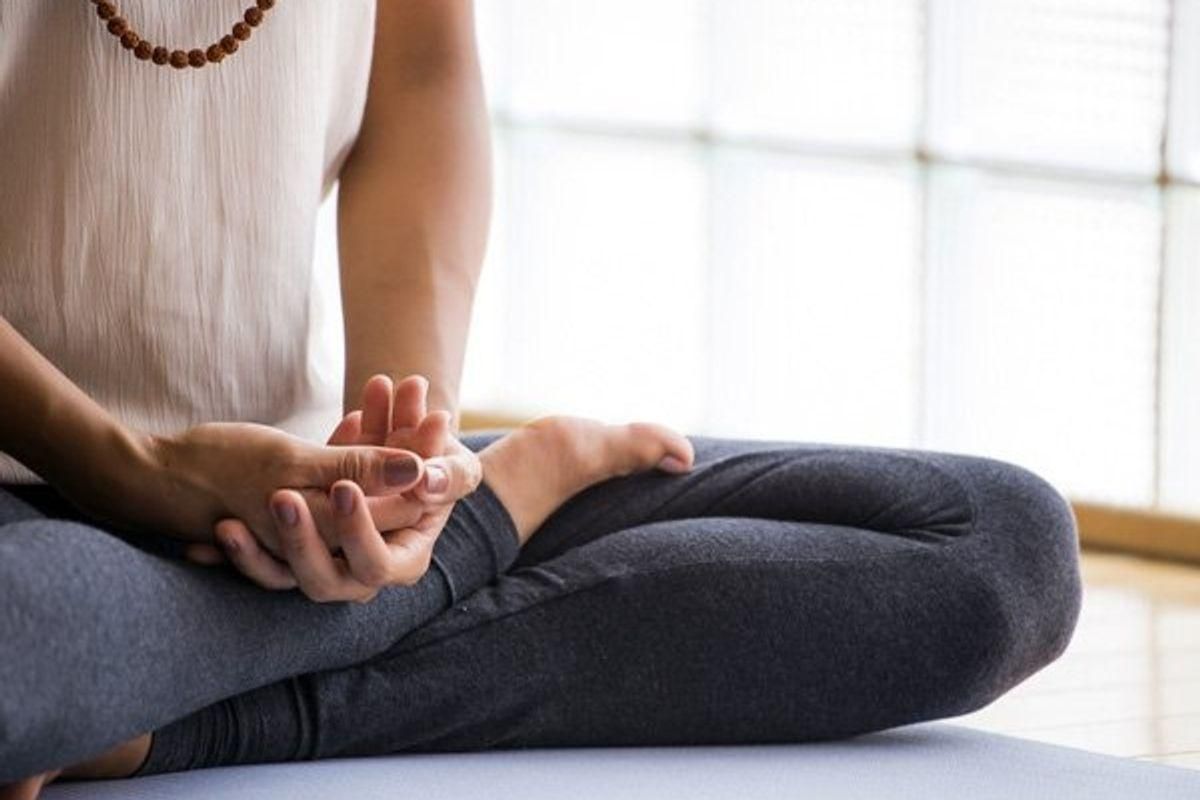By Ashley McCann
"You should sit in meditation for 20 minutes a day, unless you're too busy; then, you should sit for an hour." That's the wise advice of an old Zen proverb.
You may be familiar with the concept of meditation and the benefits of the practice, but on some days finding a quiet 20 minutes seems impossible—or at least unfathomably self-indulgent.
Although you can't necessarily see the results by looking in the mirror, meditation is a form of exercise like any other. And just as fitness-oriented apps and gadgets are helping people achieve new levels of workout motivation, there's plenty of tech that can help you reap the benefits of meditation too.
A recent study shows that a regular meditation practice resulted in physical changes to the brain, including increased gray matter and more volume in areas that control focus, cognition, memory, perspective and compassion. The amygdala, which is responsible for feelings of fight or flight, shrank, and participants reported feeling less stress.
So, meditation is the real deal, and if you're too busy to do it, then you're the perfect candidate to start. Find time for more mindfulness in your day by selecting a meditation method that puts you on the right path to peace.
Yoga Nidra: Bedtime is the perfect time to unwind, making Yoga Nidra a comfortable and convenient practice. Known as "yogic sleep," Yoga Nidra takes place during the in-between time of wakefulness and slumber, with the practitioner relaxing her body as she listens to audio cues that bring awareness to her internal state. Yoga Nidra Lite is a good app to get you started and is available for free for iOS and Android.
Walking Meditation: If you prefer to be on the move, walking meditation is an option with some action. Walking meditation is a grounded, more physical practice that can be done alone or through a guided meditation audio file or app. Awareness centers systematically around different body parts, usually from the ground up, visualizing the motion of each with a nonjudgmental check-in of physical sensation. The focus and concentration involved in this whole-body analysis helps clear a busy mind and reminds you to experience the world as it is—for what you can see, feel and touch right here and now. A Walking Meditations app is available for Apple or Android for $1.99 if you're looking for some audio guidance.
Restorative Coloring: Coloring for grown-ups has been trending for a while, and its popularity is due to the meditative quality involved with quietly focusing on creating. While it's not officially meditation, it's an effective alternative for finding relaxation. Find a few minutes to pick up your colored pencils and bring awareness to your breathing. Inhale through your nose for the count of four with a pause at the top, and then exhale for the same length. Make art and unwind at the same time.
Daily Mindfulness: If you need to build in some accountability and assistance around your health and well-being, Spire is a mindfulness and activity tracker ($149.95) that measures your breathing and provides feedback on your feelings, even offering simple exercises and mini-meditations on the included iOS app. Spire also counts steps and calories, helping you multitask your way to a healthier lifestyle. Simply getting a notification reminding you that you're in need of a deep breath can make a daily difference in your well-being.
If you're too busy for mindfulness and meditation, then you're the one who needs it most. Even if you can't commit to 20 minutes daily, find some time to regularly restore and renew. Like many things that are good for us, a regular meditation practice can be difficult to begin, but you'll gain momentum (and gray matter) as you get going, so start breathing and commit to finding time for your mind.









